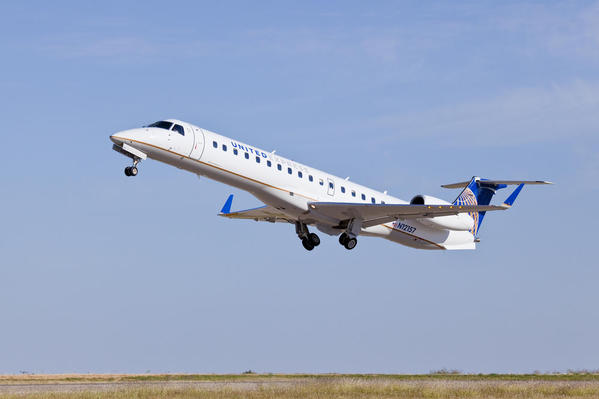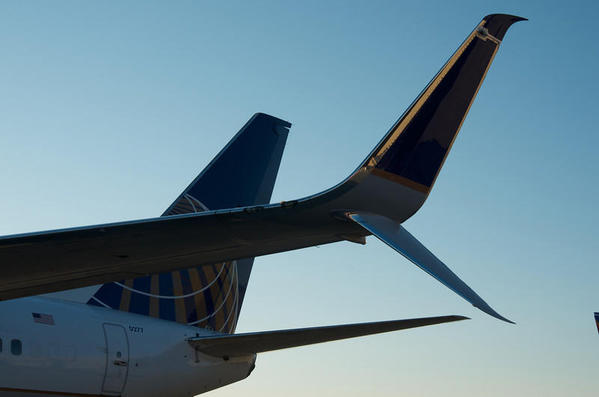United Airlines has just announced a whole bunch of swaps and changes in its fleet, based on changed priorities and preferences. Among the key changes: more wide-body domestic service, swapping some 787 orders for 777s, and phasing out the 50-seaters that have been the heart of short-haul regional service. Some of the changes will show up almost right away; others will take a year or two.
Airlines make plane-buying decisions years ahead; they have to, because you can't just buy a jetliner off the lot like a car. Smaller airlines can make a deal to lease quickly from someone who already has one, but a major airline that needs tens and dozens...not so much. It's not so often that you see a major like United look around and make big shifts.
United's plan, issued as part of its 1st-quarter 2015 financial report (record profits, folks!) is designed to let United adjust its network needs without increasing capacity too much, and especially without increasing capital expenditure (plane-buying) over the next few years.
Here are some of the key changes:
- Remove more than 130 50-seaters by the end of 2015, and more next year as leases expire. Passengers don't love them, and they burn a lot of fuel per passenger.
- Swap 10 787 for 10 777-300ERs for delivery starting next year. The 777s have more seats, enough range, and are available much sooner than the 787s. Good for Boeing, too, because it helps keep the 777 assembly lines running while waiting for the 777x...and there are plenty of customers for those 787s.
- 21 767-300ERs that were headed for retirement will be kept on and updated with winglets, interior refits and "reliability improvements." United expects them to fly thriftier and please customers.
Winglets like these will help extend the life of United's 767s as United gets rid of its fleet of 50-seat regionals such as the ERJ 145 at top. Photos: United Airlines
- Move 10 777-200s from international to domestic (remember wide-body domestic? It's back!) United's execs say that "Customers tell us they prefer larger aircraft" and now United will have more of them to offer. At the same time, this and the 767 shifts will let United pull most of its trans-Atlantic 757s and use them for domestic and Latin American routes.
- But narrow-body aircraft are not out of the picture; aside from the 757s, United is working on deals to lease up to two dozen used narrow-bodies (maybe 737s or A320s) to fill out gaps in the fleet. While the 50-seaters will disappear, it's possible that larger regional jets won't be enough for all routes.
United is still planning to spend nearly $3 billion on capital expenditures over the next few years, but they expect a bigger bang for the buck from these shifts. They talk about "capacity discipline," meaning they don't want to fly empty seats. By using bigger planes, they hope to avoid sending more planes. That's similar to Delta's plan, announced last week, to reduce international capacity a bit in the next year.
All's well and all for them, but still...I wish those bigger planes came with bigger seats!





Comments (0)